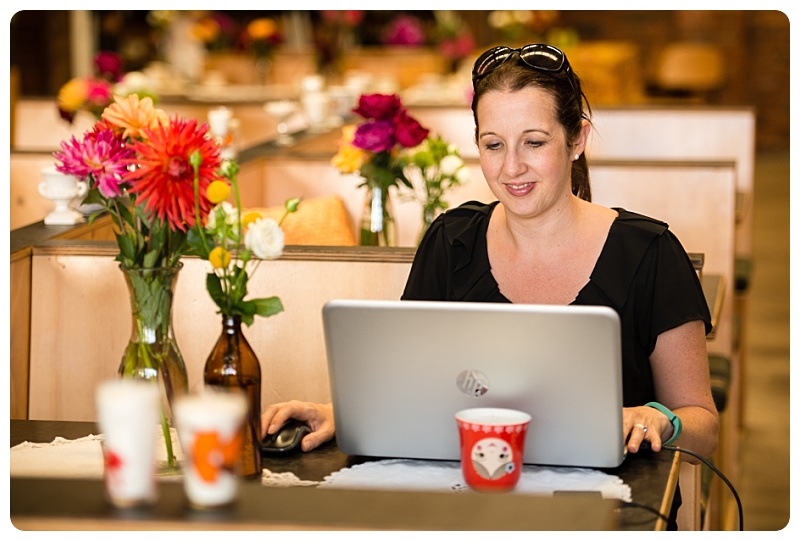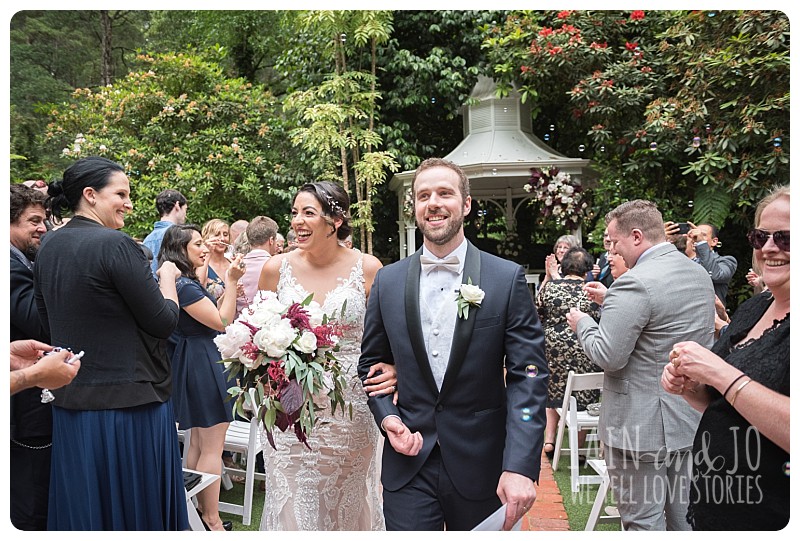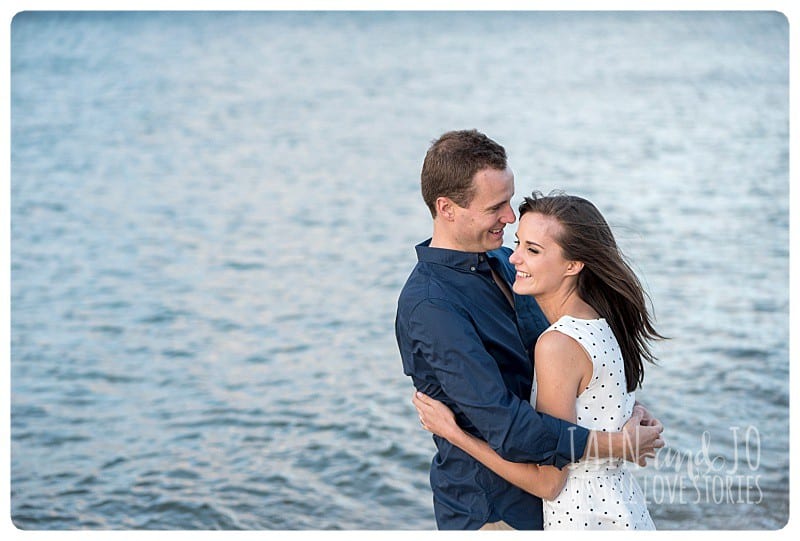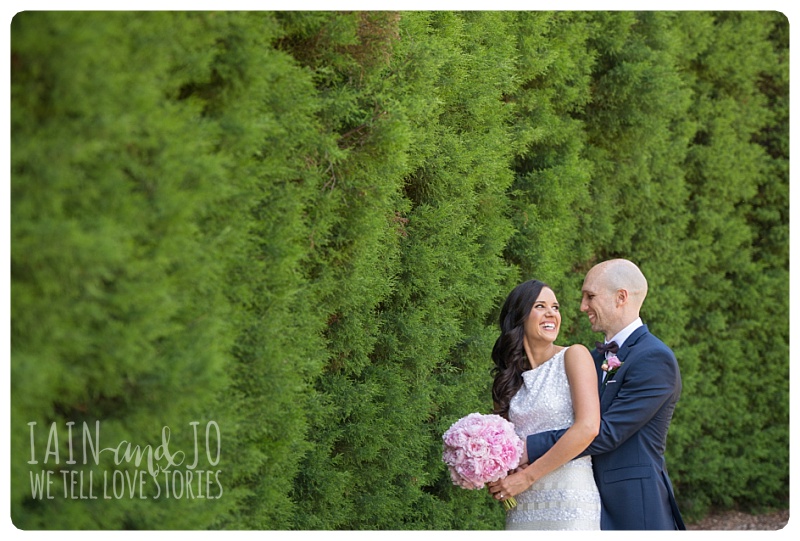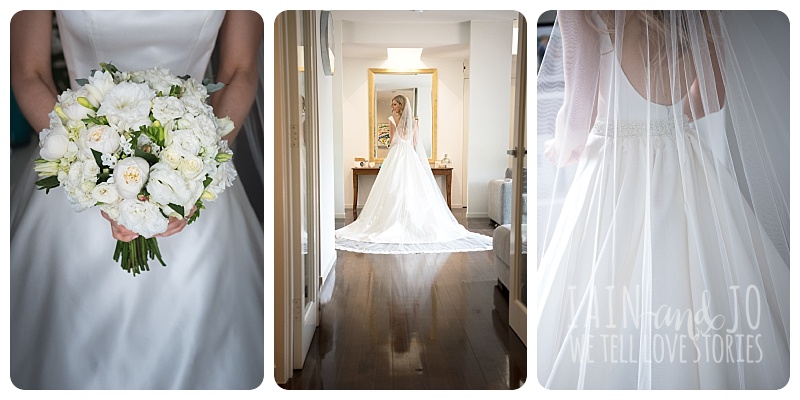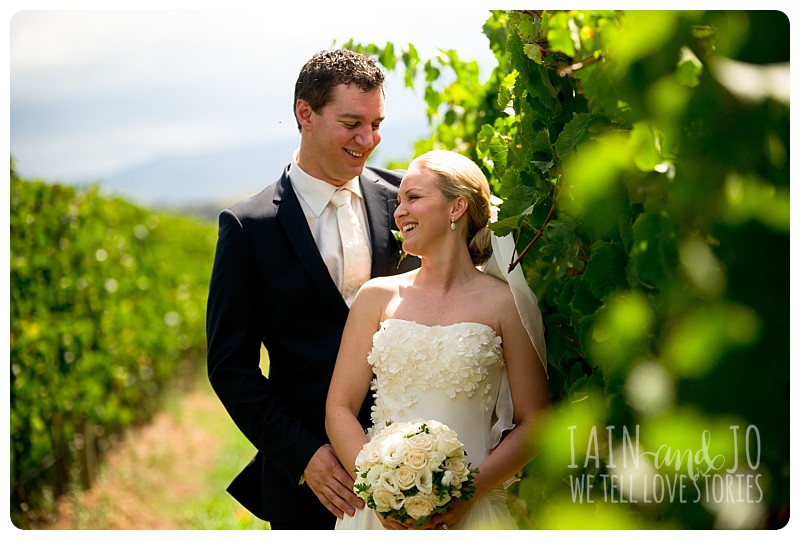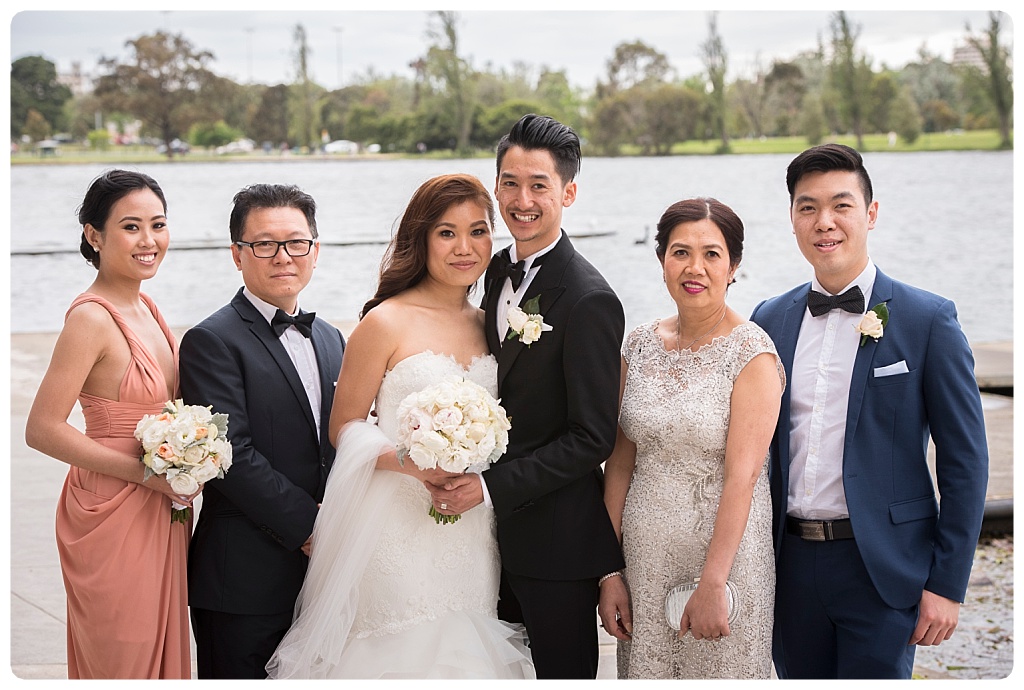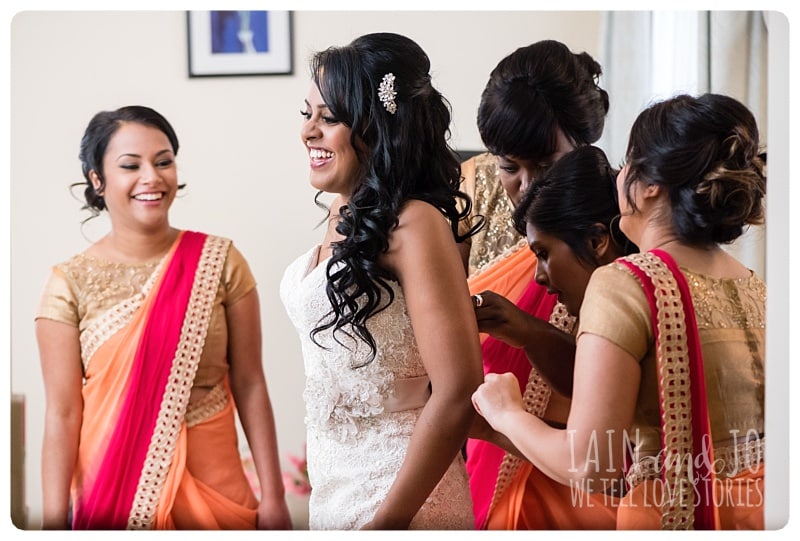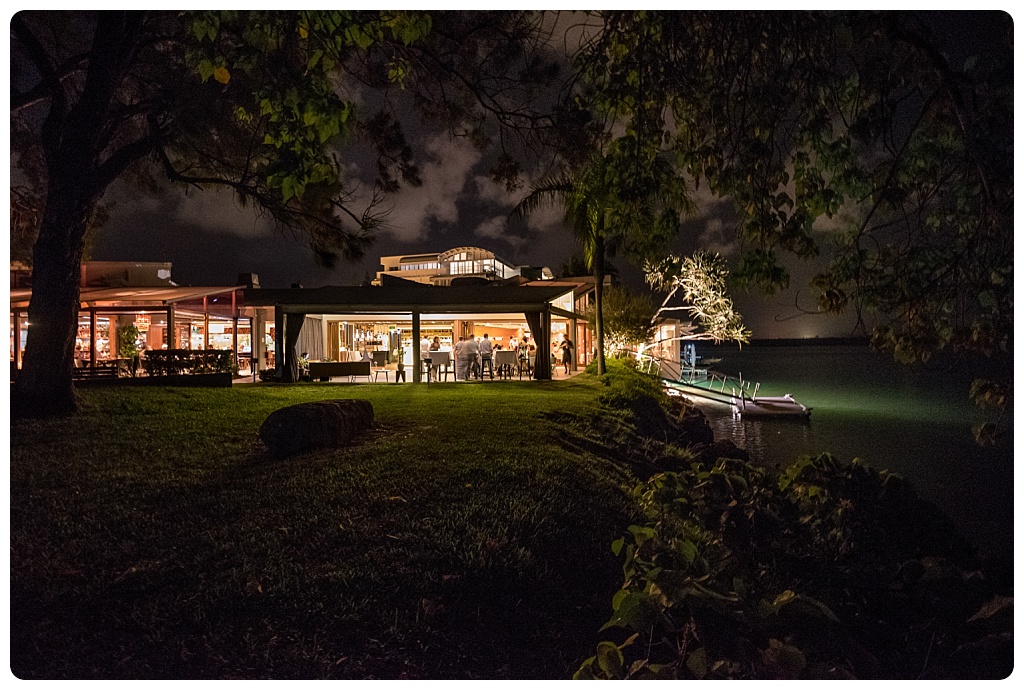A well-known wedding photographer released a new “system” for building a successful photography business this week (I’m not naming names or linking here, because I don’t want to get sued!). There was already a lot of very misleading advice on the internet and being spouted at seminars and workshops, but I think this week we reached a new low.
I’m paraphrasing but “your photos may not be good enough, but … don’t worry about it … Go out there and do the best you can” is the scariest advice I’ve read in a long time and I’m sorry, but I disagree ENTIRELY.
“Worrying about it” is exactly what you need to do, because that is exactly what will ultimately make you a better photographer. “Worrying about it” is what will make you critically review your own images, deconstruct better images and learn how they were made, practise and even think thoroughly through the logistics of a wedding to make sure that you’re prepared for every circumstance. It will make you check and double-check your gear, think about how to put the couple at ease and think through each stage of the day and how you’ll shoot it. On the day and afterwards, it will also make sure you have a plan to keep the images safe.
I guess what I’m saying is that if you don’t worry, your client (paid or unpaid) will do it for you, either in the leadup to the wedding, on the day or afterwards when they see the pictures and worry that maybe they should have hired a professional. If you’re asking somebody to pay you to photograph their wedding, or if there is any chance at all that your client will regret down the track not paying a professional, then I think it’s your job to worry. You can’t re-shoot a wedding, so if even YOU aren’t happy with your pictures, practise is important, but a wedding is not the place to do it.
I am certainly not perfect, there are always things to work on and if I ever reach a day when I don’t think I have a lot left to learn, I will be worried. I also, like everybody, started somewhere. For me that was a close friend’s wedding and my more-than-ample payment was a camera bag which I still use at every wedding to carry flashes. But the big difference between my start and the one suggested in this week’s newly released “system”, is that I worried a lot, which made me practise, plan, research and know my camera and the wedding backwards before I shot it. I had some large technical gaps in my skills (and was lucky that the couple had very low expectations!), but worrying pushed me to at least identify those gaps and meant that I at least knew enough to know my limitations and work around them as best I could. It also meant that I asked my wife Jo to help with logistics, and without worrying, I wouldn’t have realised how helpful she could be to myself and to our couples on wedding day. And most importantly, it made me aware of how much there was still to learn when I got home from that wedding.
(Above: A shot from our first ever wedding shoot. I still love this one, but there’s no way I’m showing you the ones I don’t like!)
The fact that wedding photography is such an open, unregulated industry I think is a great thing. But as wedding photographers, we should never forget that no matter how much or how little we charge, we carry a huge responsibility to capture the abiding memory of a special, un-repeatable day. If we do our job well, we can create an album which gets proudly handed down for generations. If that’s not worth doing a little work and worrying, I’m not sure what is.




